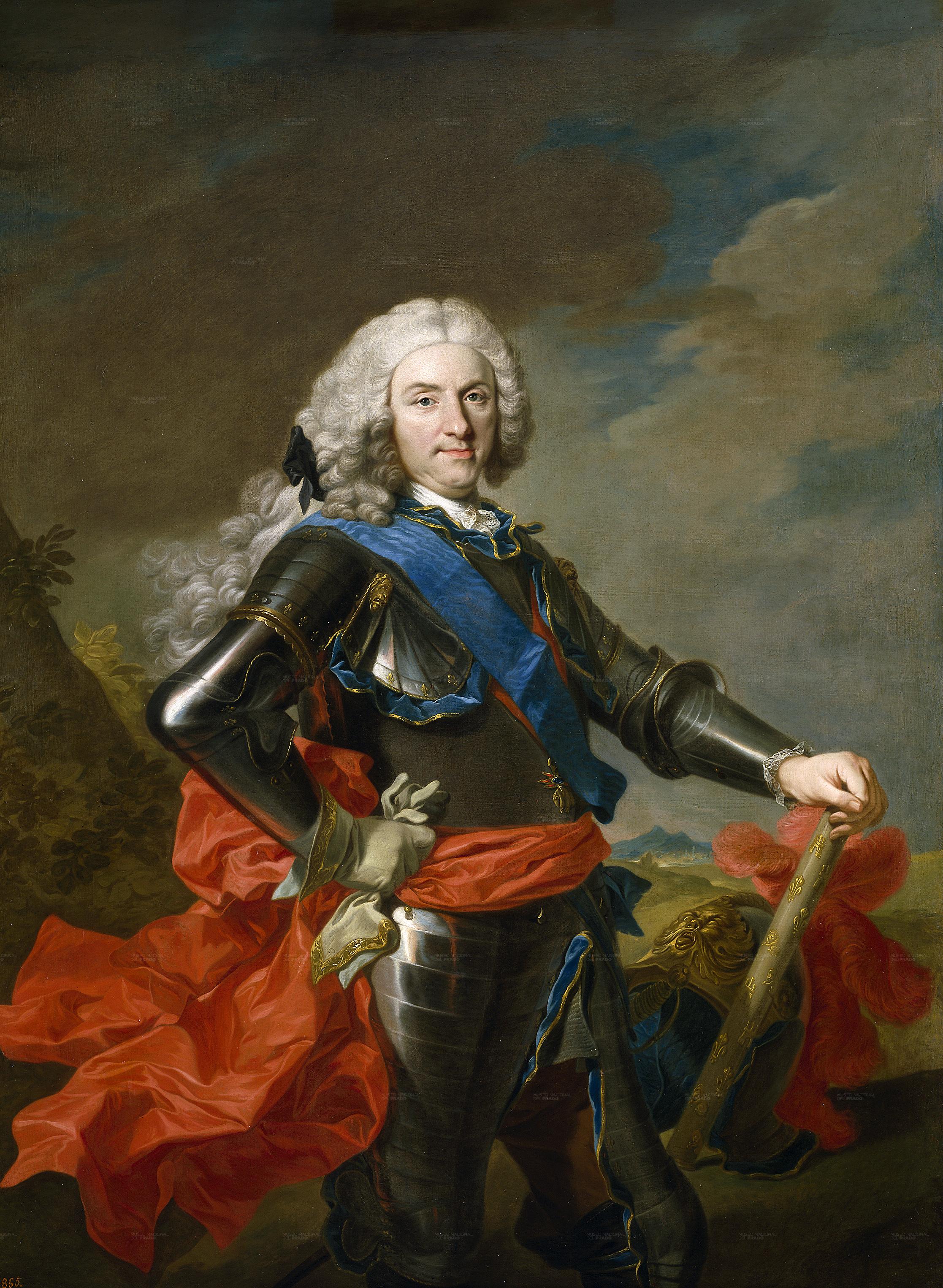Among the numerous notable figures who played significant roles in shaping European history, two Bourbon monarchs stand out for their remarkable achievements and lasting impacts. **Louis XIV** of France and **Philip V** of Spain, both members of the Bourbon dynasty, left indelible marks on their respective countries and the continent as a whole. Their reigns were marked by significant events, reforms, and cultural developments that continue to influence European history today.
Both monarchs were known for their strong leadership and vision, which enabled them to implement far-reaching reforms and expand their territories. **Louis XIV**, often referred to as the "Sun King," transformed France into a powerful and centralized state, establishing the Palace of Versailles as the royal residence. **Philip V**, on the other hand, worked to consolidate Spanish power and establish a strong monarchy, despite facing numerous challenges and conflicts. Their legacies continue to fascinate historians and scholars alike, offering valuable insights into the complexities of European politics and society during this pivotal period.
what were the key achievements of the Bourbon monarchs

how did Louis XIV's absolutism shape modern monarchies

- Centralization of Power: Louis XIV eliminated the Estates General, the legislative body of France, and ruled directly, making all decisions without opposition.
- Patronage of the Arts: He supported prominent artists and writers, fostering a vibrant cultural scene at the Palace of Versailles, which became a symbol of his power and wealth.
- Economic Control: Louis XIV managed the French economy, imposing taxes and regulating trade to finance his wars and maintain the state's power.
- Military Power: He maintained a strong military, which allowed him to expand French territories and maintain control over the nobility.
how did Louis XIV's absolutism influence other European monarchies
- Centralization of Power: Louis XIV eliminated the Estates General, the legislative body of France, and ruled directly, making all decisions without opposition.
- Patronage of the Arts: He supported prominent artists and writers, fostering a vibrant cultural scene at the Palace of Versailles, which became a symbol of his power and wealth.
- Economic Control: Louis XIV managed the French economy, imposing taxes and regulating trade to finance his wars and maintain the state's power.
- Military Power: He maintained a strong military, which allowed him to expand French territories and maintain control over the nobility.
 |
| Prince Guillaume and Princess Sibilla of Luxembourg with their children at the Bay des Débutantes |
The annual Bal des Débutantes will take place on 30 November at the Shangri-La Hotel in Paris. In recent years, the event has been attended by the following royal and noble young women: Princess Charlotte of Nassau; Infanta Maria Francisca of Portugal, Duchess of Coimbra; Princess Gauravi Kumari of Jaipur; Countess Gabrielle de Pourtalès; Amina Martinez de Irujo y Casanova (granddaughter of the late Cayetana, Duchess of Alba); and Maria do Carmo Calem (granddaughter of Princess Teresa of Orléans-Bragança, the youngest sister of the late Countess of Paris).
 |
| Princess Maria Carolina of Bourbon-Two Sicilies Photograph (c) Royal House of Bourbon-Two Sicilies |
 |
| The three Infantes of Portugal at the Debutantes Ball in Paris |
As we conclude our exploration of the Bourbon legacy, it is essential to acknowledge the profound impact that **Louis XIV** and **Philip V** had on European history. Their remarkable achievements and lasting legacies continue to fascinate historians and scholars alike. **Louis XIV**, often referred to as the "Sun King," transformed France into a powerful and centralized state, establishing the Palace of Versailles as the royal residence. **Philip V**, on the other hand, worked to consolidate Spanish power and establish a strong monarchy, despite facing numerous challenges and conflicts. Their legacies continue to shape our understanding of European politics and society during this pivotal period.
As we reflect on the significance of these Bourbon monarchs, it is clear that their contributions to European history are unparalleled. **Louis XIV**'s central government reforms, for instance, significantly impacted France's administration, establishing a more efficient and centralized system. **Philip V**'s efforts to consolidate Spanish power, meanwhile, ensured the survival of the Spanish monarchy. These achievements, though distinct, share a common thread: the unwavering dedication to their respective monarchies and the lasting impact they had on European history. As we close this article, we are reminded of the enduring influence of these two notable Bourbon monarchs, whose legacies continue to captivate and educate us today.
what are some effective ways to summarize a blog post
- Identify the Main Points/Ideas: Determine the key points or ideas you want to convey to your readers. This helps capture their interest and provides a clear overview of the content.
- Keep it Short and Simple: Use concise language and avoid repetitive text to ensure readers quickly understand the main points. This also helps to eliminate the need for readers to read the entire blog post.
- Use Summarizing Tools: Utilize automated summarizing tools to help condense the content into a shorter form. These tools can extract important points and combine them into a single text without sacrificing the original meaning.
- Organize Your Findings: Structure your summary by dividing it into sections that correspond to the main aspects or themes of your research or analysis. This helps readers navigate the content and understand the key insights.
- Edit and Refine: Revise your summary to ensure it is concise, clear, and relevant to your audience. Use transitions and connectors to link sections and highlight the most important information.

No comments:
Post a Comment